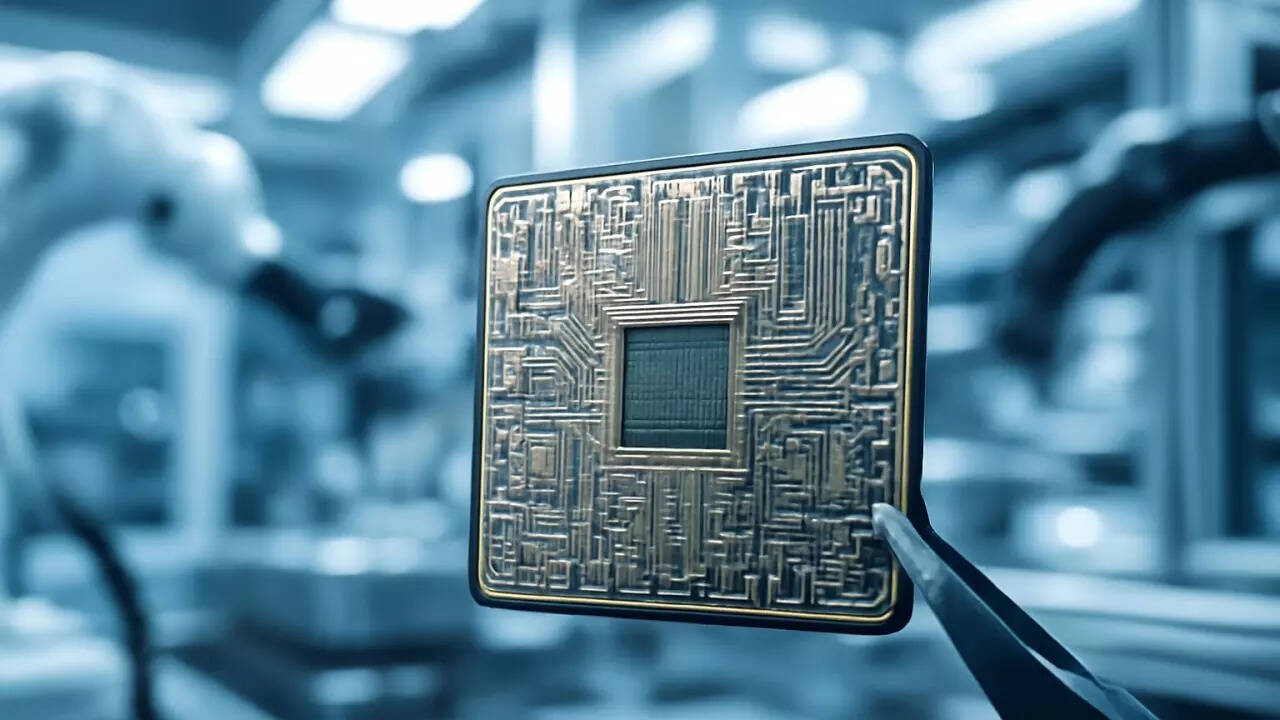Now Reading: India’s Semiconductor Push: Most of Fund Already Allocated, Few New Projects Likely
-
01
India’s Semiconductor Push: Most of Fund Already Allocated, Few New Projects Likely
India’s Semiconductor Push: Most of Fund Already Allocated, Few New Projects Likely

India’s ambitious plan to boost semiconductor manufacturing has reached a critical stage as nearly 97 percent of the dedicated fund has already been allocated. The government’s semiconductor mission was launched to reduce dependence on imports, build domestic capacity, and attract global players to invest in the country’s chip ecosystem. With the bulk of the funding committed, there is little room left for fresh proposals, sparking debate on how this will impact India’s long-term strategy.
The semiconductor sector is crucial for electronics, automobiles, telecommunications, and everyday digital devices. India has been working to position itself as a reliable global hub at a time when supply chain disruptions and geopolitical tensions have underlined the risks of overdependence on a few countries. The initial projects approved under the mission include large-scale chip manufacturing plants, packaging units, and research facilities designed to create an integrated ecosystem.
For Tier 2 cities, this mission carried the promise of industrial growth, job opportunities, and infrastructure development. Cities like Nagpur, Indore, and Coimbatore had been looking forward to becoming part of the supply chain through ancillary industries. However, with funds already tied up, experts suggest that smaller players may have to wait longer to benefit unless the government expands the budget or opens new funding windows.
Industry voices note that while the first phase of allocations is vital to kickstart manufacturing, it is equally important to ensure regional balance. Concentrating projects in only a few states could limit the wider impact. For young engineers and local businesses in non-metro cities, missed opportunities may delay the dream of participating in a fast-growing sector that is central to the future of technology and economic resilience.
The success of India’s semiconductor mission will depend not only on the initial projects but also on how the ecosystem expands in the next decade. If additional funds or policy support are introduced, Tier 2 cities could still play a major role in making India a global semiconductor hub. For now, the focus will remain on ensuring that the current investments deliver results and set a strong foundation for future growth.

























